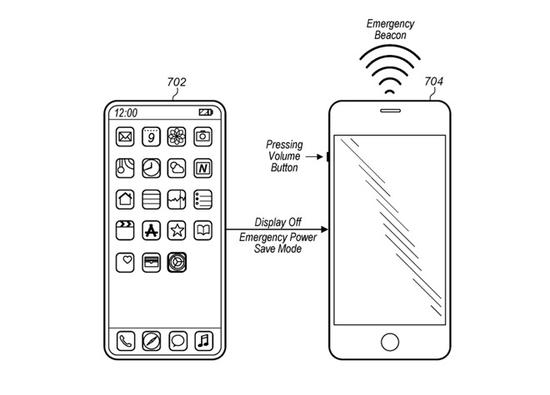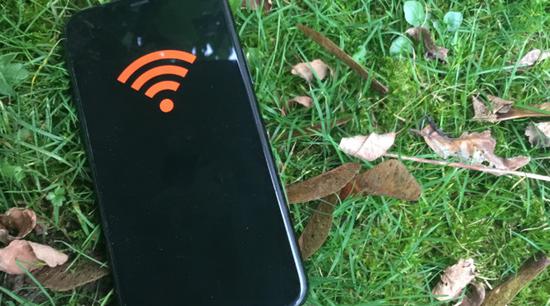According to reports, a new patent describes the various ways the iPhone can use cellular signals, Wi-Fi and even other nearby devices to send emergency distress beacons.
Existing iPhone can alert the authorities as instructed. But Apple hopes to devise new ways to help users in areas with unstable phone signals. A new emergency power-saving mode (EPSM) will be able to broadcast distress signals in a number of different ways. So it minimizes power consumption to maintain normal equipment operation.
Also Read: Apple Will Release 4 Models Of 5G iPhones Next Year
Apple wants to make its program to be as universal as possible. So the company hopes that various devices can apply for the program. For example, they may be portable PlayStation, smart glasses and Android phones. In the document, Apple refers to these devices collectively as “User Equipment” (UE).

User devices can be configured to broadcast emergency beacons in response to user input. For example, a user may get lost or injured during a hike. Then they can use the emergency beacon broadcast feature to notify other users around them. And as detailed below, users can use the emergency beacon broadcast function as an off-grid radio communication (OGRS) when a device cannot effectively access a base station.
According to the patent description, there are roughly two elements in the program for the iPhone. The first is to be energy saving. According to the system designed by Apple, users can choose to turn on the emergency energy-saving mode manually. Similarly, they can pre-select the emergency energy-saving mode when the battery level is lower than a certain level. The second part is how to broadcast emergency signals. They include trying to find and use nearby cellular services or local Wi-Fi networks.




